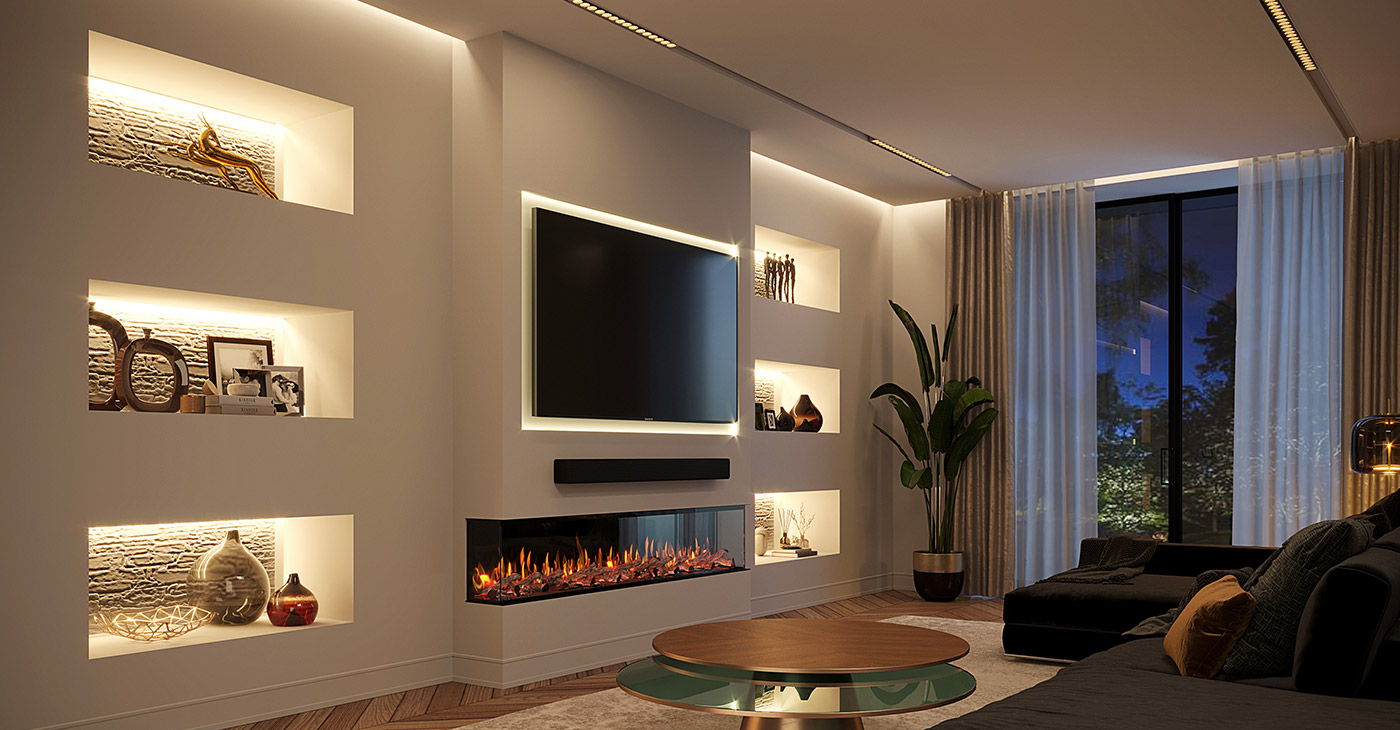Creating a stunning media wall involves more than just aesthetic choices; it also requires careful consideration of materials to ensure durability, functionality, and visual appeal. As homeowners in Derby look to design media walls that reflect their style while accommodating modern technology, selecting the right materials becomes crucial. This article provides an overview of the best materials for media walls derby, their benefits, and tips for making informed decisions.
1. Understanding Your Needs
Before diving into material selection, it’s important to assess your specific needs and preferences.
- Functionality: Consider what functions your media wall will serve—will it house just a television, or will it also store gaming consoles, speakers, and decorative items?
- Aesthetic: Determine the overall look you want to achieve. Are you aiming for a modern, minimalist design, or a more traditional, cozy feel?
- Budget: Establish a budget for your media wall project. The choice of materials will significantly impact the overall cost.
2. Popular Materials for Media Walls
2.1 Wood
Pros:
- Versatility: Wood can be stained, painted, or left natural, making it easy to match any décor.
- Warmth: Wooden finishes add a warm, inviting touch to any space.
Cons:
- Maintenance: Wood requires periodic maintenance to prevent warping or damage from moisture.
- Cost: High-quality wood can be expensive, impacting your budget.
2.2 MDF (Medium Density Fiberboard)
Pros:
- Affordability: MDF is often more cost-effective than solid wood.
- Smooth Finish: It provides a smooth surface for painting or veneering, allowing for a sleek appearance.
Cons:
- Durability: While MDF is sturdy, it can be more susceptible to damage from moisture compared to solid wood.
- Weight: MDF can be heavier, so proper support and installation are necessary.
2.3 Plywood
Pros:
- Strength: Plywood is strong and durable, making it suitable for supporting heavy items like televisions.
- Variety: Available in various grades and finishes, plywood can suit different design styles.
Cons:
- Surface Preparation: The surface may require sanding or finishing for a polished look.
- Cost Variation: Prices can vary widely depending on the type and quality of plywood.
2.4 Laminate
Pros:
- Durability: Laminate surfaces are resistant to scratches, stains, and fading, making them ideal for media walls.
- Easy Maintenance: They are easy to clean and maintain.
Cons:
- Less Authentic: While laminate can mimic the look of wood, it may lack the natural texture and warmth of real wood.
- Limited Repair Options: If damaged, laminate is difficult to repair compared to solid wood.
2.5 Metal
Pros:
- Modern Aesthetic: Metal can create a sleek, contemporary look, ideal for industrial-style interiors.
- Durability: Metal is incredibly durable and resistant to wear and tear.
Cons:
- Weight: Metal can be heavy and may require additional support for installation.
- Heat Conductivity: Metal can heat up with electronic devices, so consider ventilation and placement.
2.6 Glass
Pros:
- Elegance: Glass adds a touch of sophistication and can enhance the visual appeal of your media wall.
- Transparency: Glass shelves can create an open and airy feeling, making a room seem larger.
Cons:
- Fragility: Glass can break or chip easily, necessitating careful handling and installation.
- Cleaning: Glass surfaces require regular cleaning to avoid streaks and dust accumulation.

3. Acoustic Materials
For media walls that serve as home theaters or gaming rooms, incorporating acoustic materials is essential for optimal sound quality.
- Acoustic Panels: These can be used to reduce sound reflections and improve overall audio performance. They come in various finishes and can be integrated into the design of your media wall.
- Sound-Absorbing Fabrics: If you’re including shelves or cabinetry, consider using sound-absorbing materials in their construction to further enhance audio quality.
4. Combination Materials
Combining different materials can create a unique and functional media wall.
- Wood and Metal: Pairing wooden shelves with metal brackets can achieve a modern rustic look while ensuring stability.
- Glass and Wood: Glass shelves within a wooden frame can provide a stylish contrast while maintaining functionality.
5. Tips for Choosing Materials
- Test Samples: If possible, obtain samples of materials before making a final decision. This will help you visualize how they will look in your space.
- Consider Weight: Ensure the wall can support the weight of the materials and the equipment you plan to install.
- Consult Professionals: If unsure about the best materials for your design, consult with a professional interior designer or contractor for guidance.
6. Conclusion
Choosing the right materials for your media wall in Derby is essential for creating a functional and aesthetically pleasing space. By understanding the pros and cons of various materials, you can make informed decisions that align with your design vision, budget, and lifestyle. Whether you opt for the warmth of wood, the durability of laminate, or the elegance of glass, the right materials will help you create a media wall that enhances your home for years to come.



